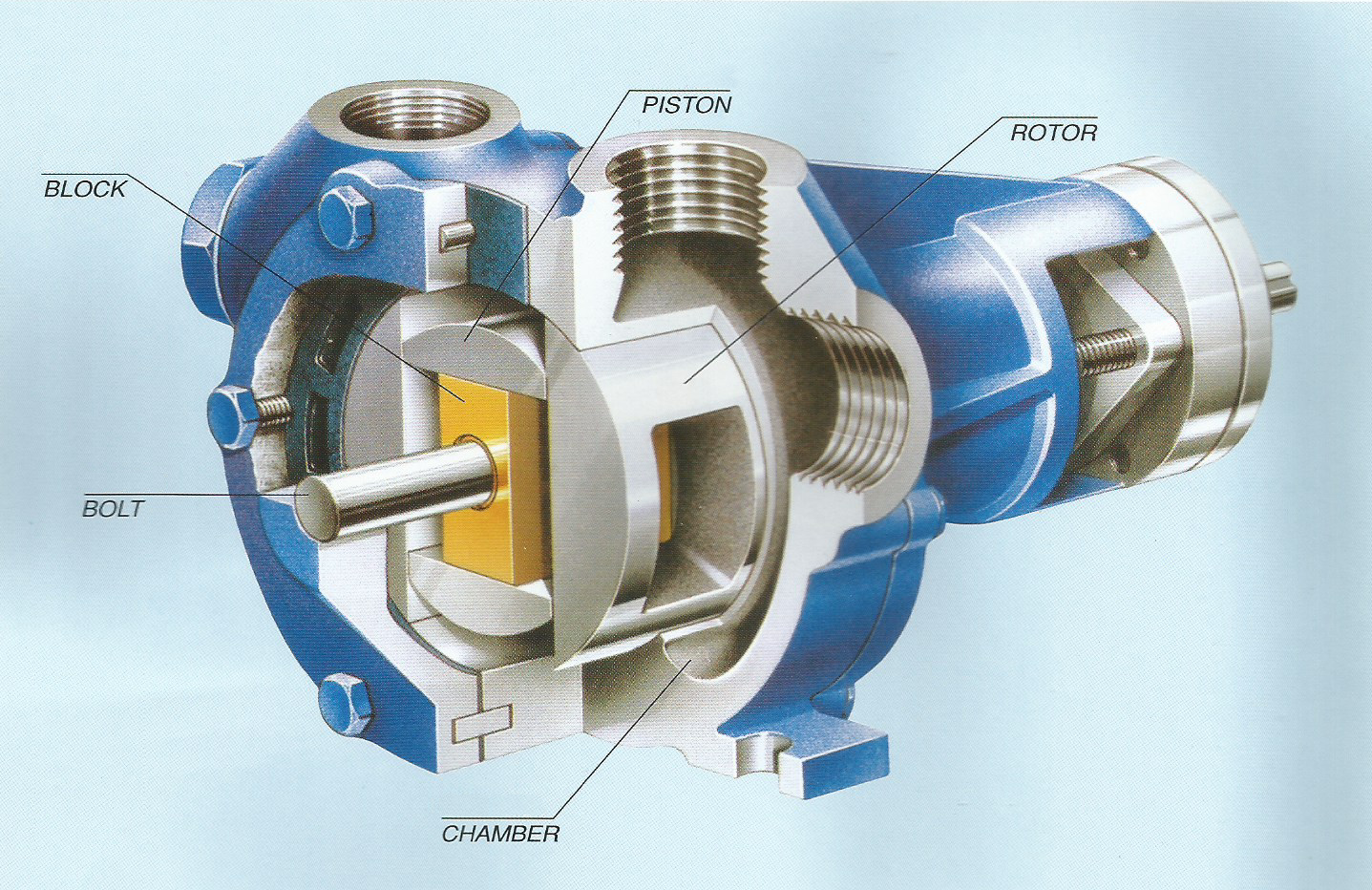

Frequent tillage may destroy soil organic matter (SOM) and speed up the movement of SOM to deep soil layers. But long-term soil disturbance by tillage is believed to be one of the major factors reducing SOC in agriculture. ,, ).Īgricultural practices such as tillage methods are conventionally used for loosening soils to grow crops. Therefore, these fractions have been suggested as early sensitive indicators of the effects of land use change on soil quality (e.g. On the contrary, soil labile organic C fractions (i.e., microbial biomass C (MBC), dissolved organic C (DOC), and easily oxidizable C (EOC)) that turn over quickly can respond to soil disturbance more rapidly than total organic C (TOC). However, short- and medium-term changes of SOC are difficult to detect because of its high temporal and spatial variability. Maintenance of soil organic C (SOC) in cropland is important, not only for improvement of agricultural productivity but also for reduction in C emission. Soil organic carbon (C) has profound effects on soil physical, chemical and biological properties. Consequently, under short-term condition, rice and wheat straw both return in rice-wheat rotation system could increase SOC content and improve soil quality in the Yangtze River Delta. However, at 14–21 cm depth, TOC, DOC and MBC were significantly higher under plowing tillage than rotary tillage except for EOC.

Rotary tillage had significantly higher soil TOC than plowing tillage at 7–14 cm depth. At 0–7 cm depth, soil MBC was significantly higher under plowing tillage than rotary tillage, but EOC was just opposite.

Soil TOC and labile organic C fractions contents were significantly affected by straw returns, and were higher under straw return treatments than non-straw return at three depths. Soil TOC, easily oxidizable C (EOC), dissolved organic C (DOC) and microbial biomass C (MBC) contents were measured in this study. In this study, a field experiment was used to evaluate the effects of different tillage methods, straw return and their interaction on soil total organic C (TOC) and labile organic C fractions at three soil depths (0–7, 7–14 and 14–21 cm) for a rice-wheat rotation in Yangzhong of the Yangtze River Delta of China. However, few studies in this region have been conducted to assess the effects of different tillage methods combined with straw return on soil labile C fractions in the rice-wheat rotation system. The Yangtze River Delta of China is the main production region of rice and wheat, and rice-wheat rotation is the most important cropping system in this region. However, the effects of tillage method or straw return on soil organic C (SOC) have showed inconsistent results in different soil/climate/cropping systems. He skipped the stomach area and found himself facing my smooth lower body.Soil management practices, such as tillage method or straw return, could alter soil organic carbon (C) contents. He continued to travel down my body caressing my breast along the way and teasing my stiff nipple with his tongue but that wasn’t where he had aimed to go. I hadn’t felt the warmth of his tongue please my sensitive spot yet and I yearned for that hot, wet feeling of a man - the Commander, inside of me. Passionately kissing down my body I moaned out in pleasure. Is this the final encounter for Two-five-six? The law was in the Commanders hands but the two are afraid that if enough law enforcers heard them they will still get the punishment of death. Number two-five-six and the Commander just made their first session of love in his office but were so loud that the whole department may have heard them.


 0 kommentar(er)
0 kommentar(er)
